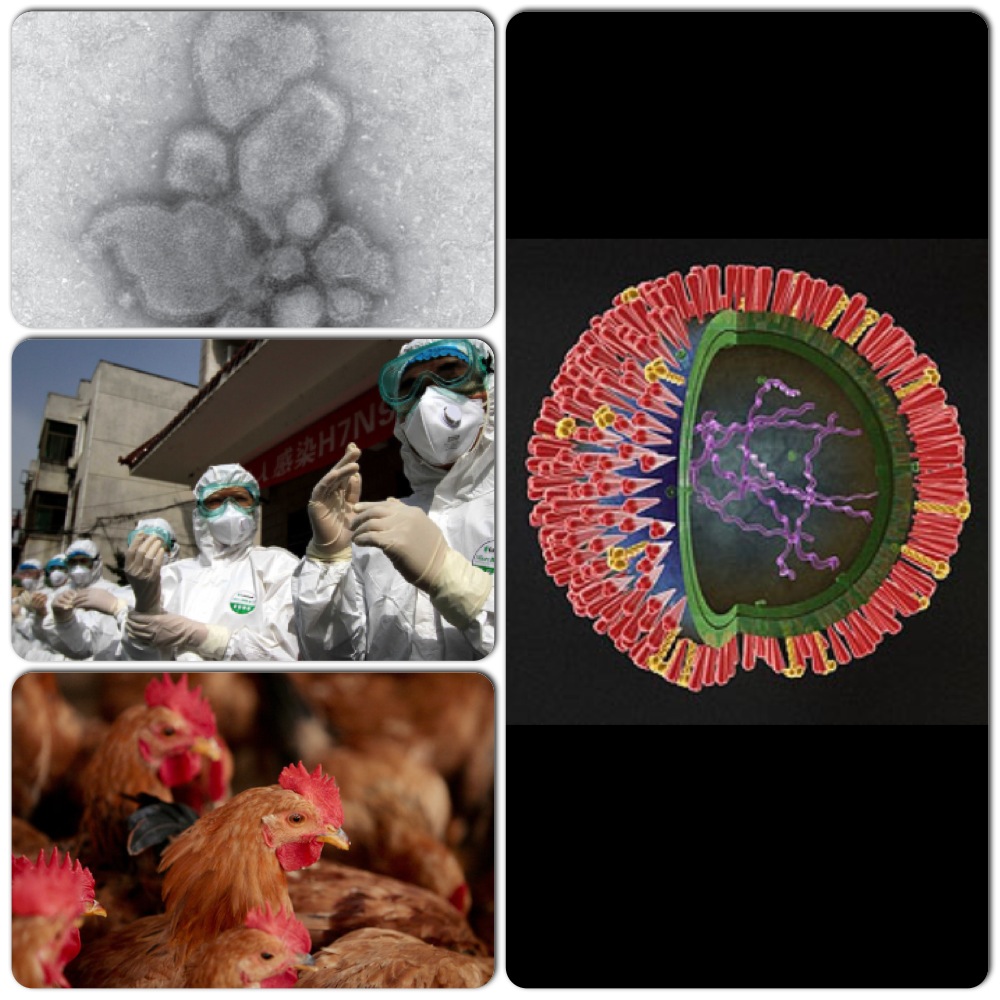When H7N9 emerged, we made the discovery that H7N9 contained far fewer epitopes than other flu strains, and so we sounded an alarm – H7N9 is a stealth virus! (click on the underlined link, it will bring you to our article on the topic). It turns out that we were right (we love to be right). How so? In a recent trial “only 6% of subjects achieved a protective response when given two doses of the 15ug un-adjuvanted [H7N9] vaccine“. In contrast, in the case of pandemic H1N1 (2009), 89% of vaccinated subjects seroconvert after receiving unadjuvanted pandemic flu vaccine. And we were right about pandemic H1N1 too – but do the world bodies that make decisions about pandemics use our tools? Well, not yet. We hope that they will. In the meantime, you can . . .
. . . Learn how we do it.

I will be giving a webinar on our H7N9 vaccine design project, taking you through the process of evaluating influenza strains step-by-step, on December 6th at 12 noon CST (1 EST). You may have heard about the use of immunoinformatics tools for the design of vaccines before. Are you curious how they could help with the analysis of new flu strains? Does the variation in vaccine efficacy relate to T cell epitope content, and could these same tools also be useful for evaluating vaccine efficacy post-facto? How are immunoinformatics tools helping design, evaluate, and improve vaccines? This webinar will answer many of those questions. Find out how we use our iVAX vaccine design tool preparedness by listening in from the comfort of your desk. See the full description of the online seminar here.
I look forward to speaking with you online! — Annie
Annie De Groot MD, CEO/EpiVax.
DNAvaccine.com & EpiVax Present: Designing Genome-Derived Epitope-Based Vaccines Using Immunoinformatic Tools
(H7N9 case-study)
Space is limited
Reserve your seat now:
https://www4.gotomeeting.com/register/562216551
Thanks for reading!
